KAMI, LA MISSIONE DELL’ENERGIA – TERNA | SILVANA EDITORIALE 2010
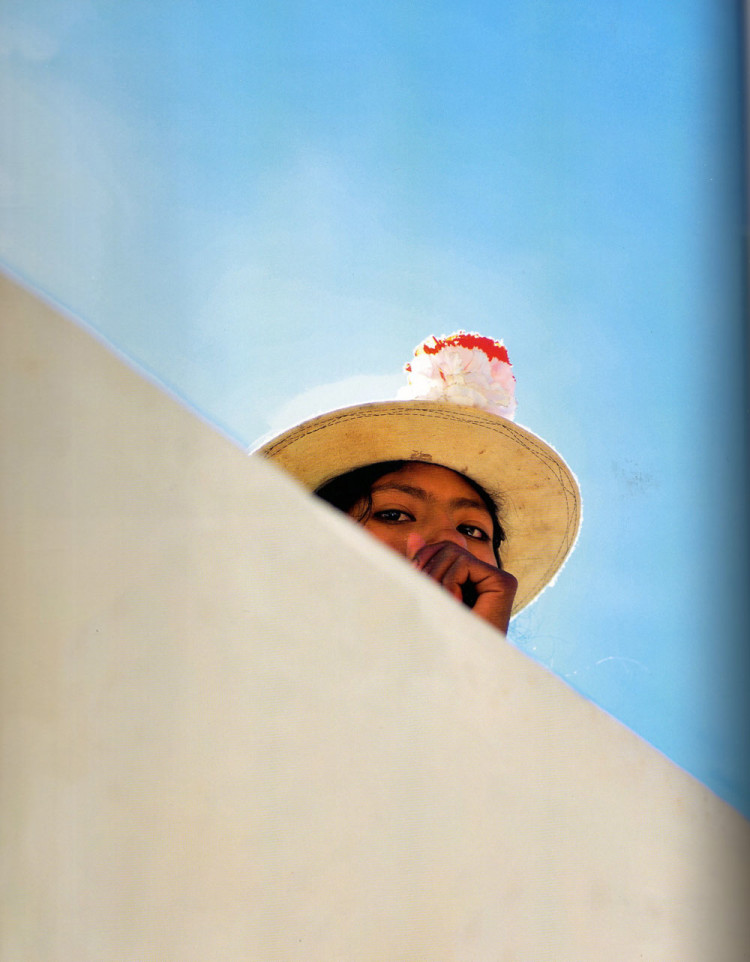
Kami, la missione dell’energia
Terna S.p.A.
Silvana Editoriale, 2010
Idea e progetto Direzione Relazioni Esterne e Comunicazione (REC) Terna
Fotografie: Daniele Tamagni
Testi: Roberto Cotroneo
Text by Vittoria Biasi
The Bolivia’s poorest place, Kami, where the outbreak of diseases and the low scholastic-education level are the daily realty, the life is sadness and distress.
The economic centre of the village is the mine where the tungsten is extracted by usage of the explosive. The “mineros” are organized into worker’s cooperative that are at the top of small groups and sections, who endeavour with great effort to extract some black flint used to shed the light and now even in the warlike industry.
Kami is where Ernesto Guevara- “Il Che” -died and where the Salesian order is arrived and father Serafino is involved in the social work. Roberto Cotroneo’s history about the life in Kami goes on illustrating the daily paces and the Salesian father efforts to create some economic development for the people of that place. In cooperation with COOPI (Ong/Onlus International Cooperation) father Serafino got the idea of creating two electrical power plants. It develops a project to cooperate with TERNA thanks to Giampiero Fantini (Kami_articolo de “La Stampa”).
The event of the missionary father is the opportunity to publish the history of the village and it allows to voice the will of the authors, of the operators and of such a community to look at the world from another perspective. Kami, The mission of the power (Silvana Publisher) becomes a wonderful multi terms history.
Daniele Tamagni photographer, is author of a series of snaps that immortalize some everyday life aspect lodged into a lump of earth by chance. The idea is to offer an aesthetic configuration of the place, of its colours that Roberto Cotroneo perceives grey: grey like the land, like the potatoes growing in it and photographed into the hands of the farm worker … because the land produces a few other things (p. 33), to the blackboard… inside every thing is tremendously coloured (p. 12).
Order and disarray, emptiness and fullness govern a real world that Daniele Tamagni loves to represent not simply like what it is, but in the way it can be perceived showing its innermost being, plain, deep, of humanity, to which we are no more accustomed. Tamagni’s lens scans the peasant world, the faces, the hands, the gaze, hot and bright, a portray out of expressive rules!!
Now the life on the ground is carried on into the space, crossed by threads that challenge the height of the mountains. Tamagni scrutinizes the peasant land and sees in the celebration of the mass, in the lesson (p. 32), in the musicians practices in the dark , in the boys playing the drums, in the “cholitas” of Leque local market, in the Bolivian women dressed with skirt and hard hat as per their tradition (p. 19). its ritualistic characters.
The snaps catch the partial reflections of the power plant, of the commitment onto its building, the dream of an economic condition not so heavy.
Kami, the mission of the power is also a travel journal realized by Florinda Martucciello and Irene Salvadorini (LUISS). Pages about the characters, their histories, sceneries and sequence. The real imagines of Tamagni’s pictures become an abstract poetry, become threads of connection among different worlds.
The plan on the energetic mission has opened many representative images which have entwined themselves around the pathway towards the light.
Vittoria Biasi
Translated by Salvatore Rollo – at salvatore_rollo@fastwebnet.it
Position the cursor on the images to view captions, click on images to enlarge them.
Posizionare il cursore sulle immagini per leggere le didascalie; cliccare sulle immagini per ingrandirle.
Testo di Vittoria Biasi
A Kami, luogo più povero della Bolivia, dove bassa scolarità e diffusione delle malattie sono la realtà quotidiana, la vita ha il colore della tristezza e del dolore.
Il fulcro economico del villaggio è la miniera di tungsteno, che si estrae utilizzando l’esplosivo. I mineros sono organizzati in cooperative che sono il vertice di piccoli gruppi e sezioni, che si industriano faticosamente nell’estrazione della pietrina nera usata per far luce e ora nelle industrie belliche.
A Kami è andato a morire Ernesto Guevara, detto il “Che” e lì sono arrivati i Salesiani con padre Serafino impegnato sul territorio. Il racconto di Roberto Cotroneo sulla vita del villaggio di Kami prosegue illustrando i ritmi quotidiani e le fatiche del padre salesiano per creare uno sviluppo economico per la gente del luogo. In collaborazione con Coopi (Cooperazione internazionale Ong/Onlus), Padre Serafino ha l’idea di creare due centrali elettriche. Nasce un progetto di collaborazione con Terna grazie all’incontro con Giampiero Fantini (Kami_articolo de “La Stampa”).
L’avventura del padre missionario è l’occasione della pubblicazione sulla storia del villaggio e consente di esprimere la volontà degli autori, degli operatori e di una società di guardare il mondo da un’altra prospettiva. Kami, la missione dell’energia (Silvana Editoriale) diviene una narrazione fantastica a più livelli.
Il fotografo Daniele Tamagni è l’autore di una serie di scatti che immortalano aspetti di quotidianità depositata incidentalmente tra le pieghe di una terra. L’idea è di offrire una configurazione estetica del luogo, dei suoi colori che Roberto Cotroneo vede grigi: grigi come la terra, come le patate che crescono in lei e fotografate tra le mani del contadino … perché la terra produce poco altro (fig. 33), alla lavagna… dentro è tutto coloratissimo (fig.12)
Ordine e disordine, vuoti e pieni regolano una realtà che Daniele Tamagni vuole rappresentare non semplicemente per quella che è, ma nel modo in cui può essere percepita mostrando la sua veste più intima, semplice, profonda, di umanità, a cui non siamo più abituati. L’obiettivo di Tamagni scruta il mondo contadino, i volti, le mani, gli sguardi intensi, luminosi, ritratti fuori da canoni espressivi!! La vita di terra ha ora un proseguimento in quella dello spazio, attraversato da fili che sfidano le altezze dei monti. Tamagni scruta il territorio contadino, che ha il suo carattere rituale nella celebrazione della messa e nella lezione (fig. 32), nelle prove al buio dei musicisti, con i ragazzini che suonano sui tamburi o nella fiera di Leque, con le cholitas, donne boliviani vestite tradizionalmente con gonna e bombetta (fig. 19).
Gli scatti giungono a cogliere i parziali riverberi di una centrale luce, dell’impegno attorno alla sua edificazione, al sogno di una condizione economica meno pesante.
Kami, la missione dell’energia raccoglie anche un diario di viaggio realizzato da Florinda Martucciello e Irene Salvadorini (LUISS). Sono pagine attorno a personaggi, alle loro storie, agli scenari e alle sequenze dei piani. Le immagini concrete delle foto di Tamagni divengono poeticamente astratte, divengono fili di congiunzione tra vari mondi.
Il progetto sulla missione energetica ha aperto molte rappresentative che hanno intrecciato il percorso verso la luce.
Vittoria Biasi
Storica dell’arte, critico e curatrice internazionale

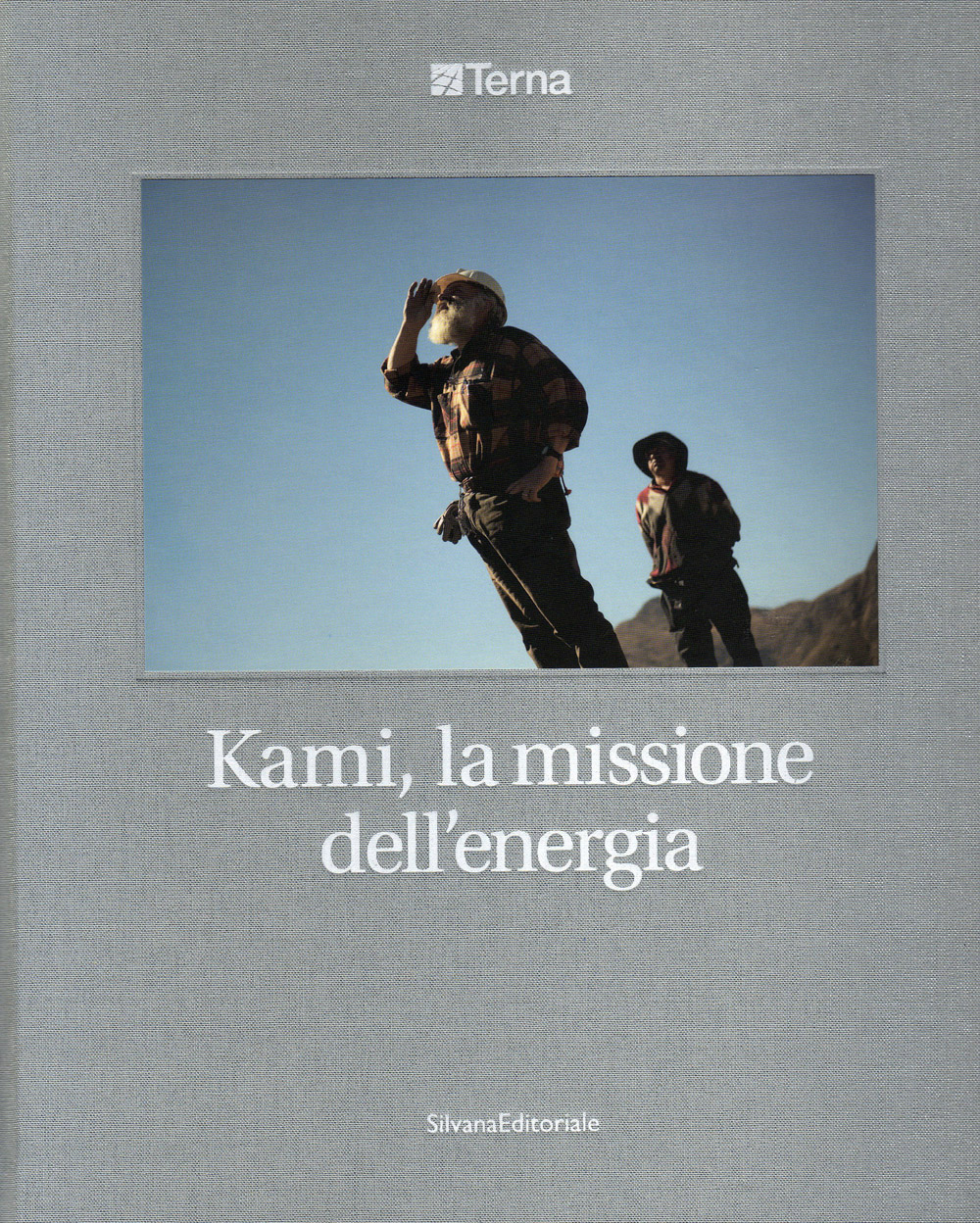
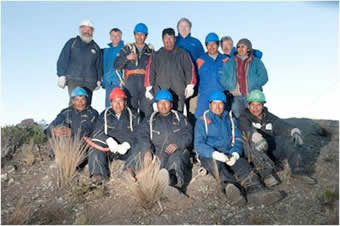

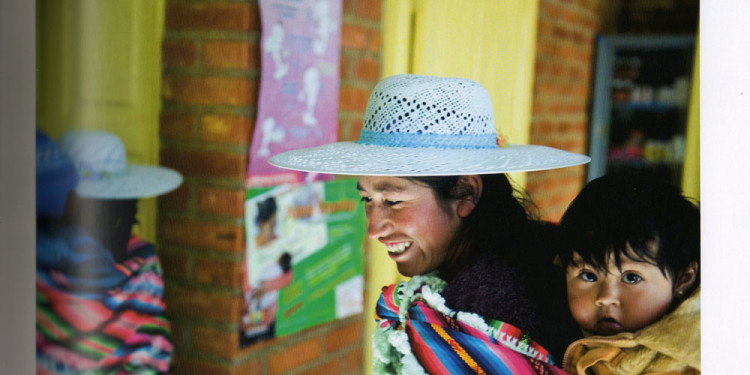
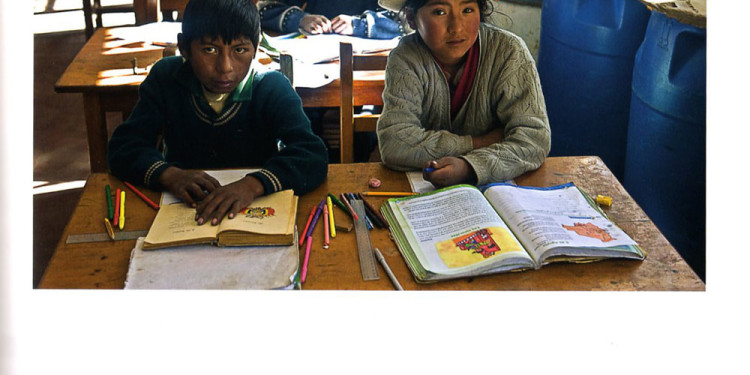
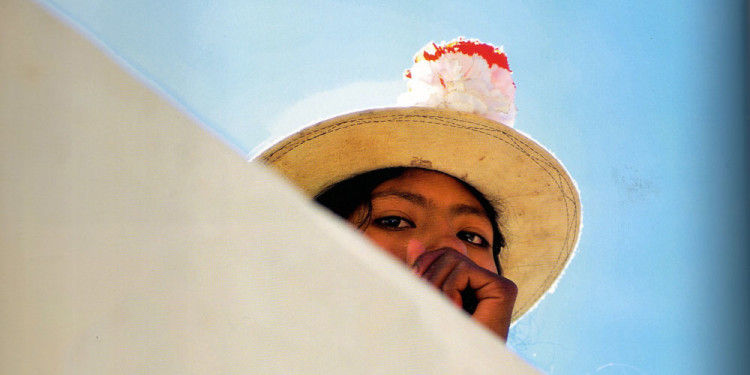
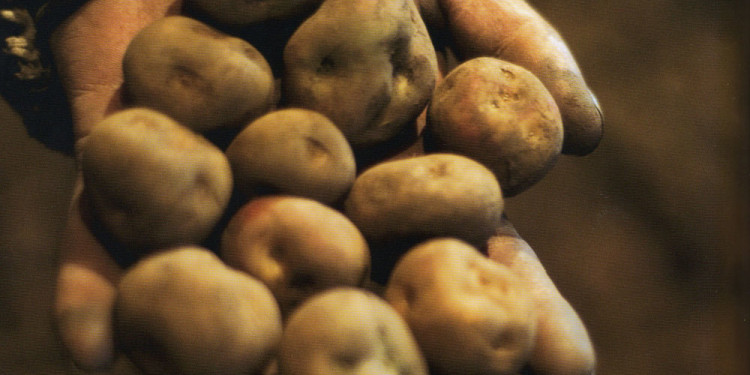
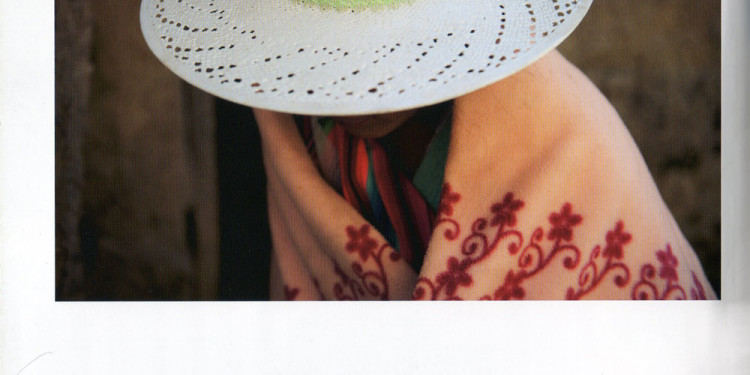
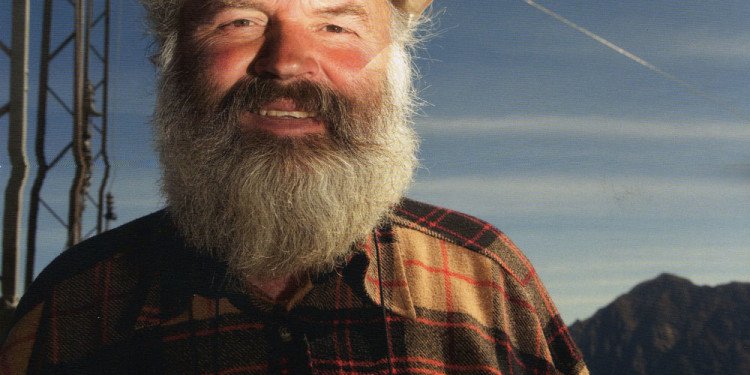
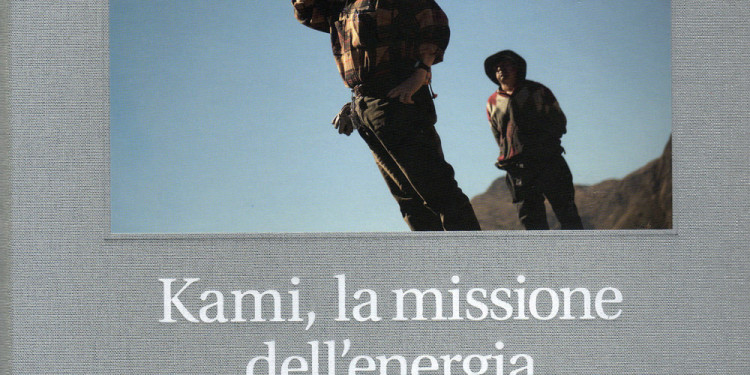
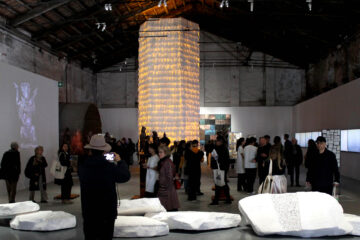
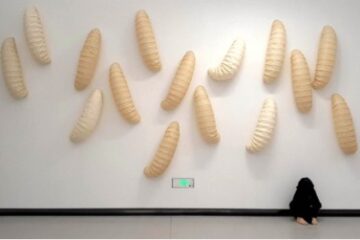

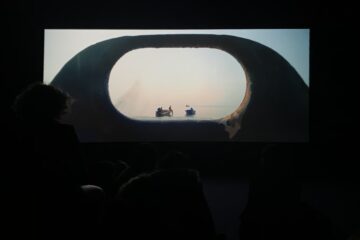

No Comment